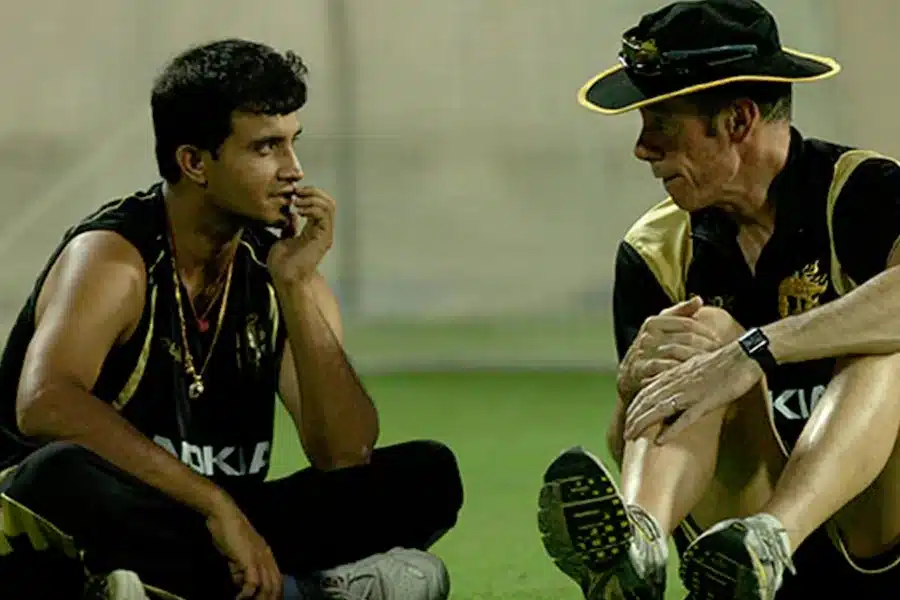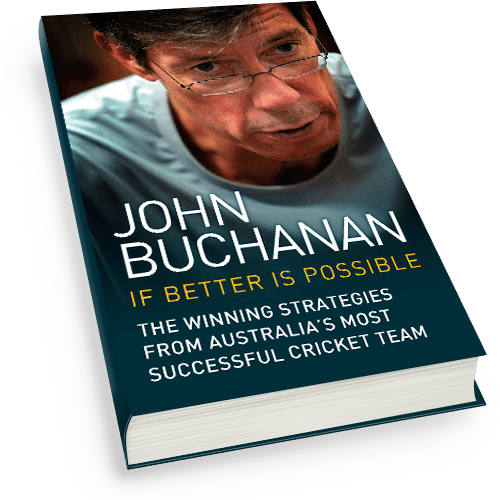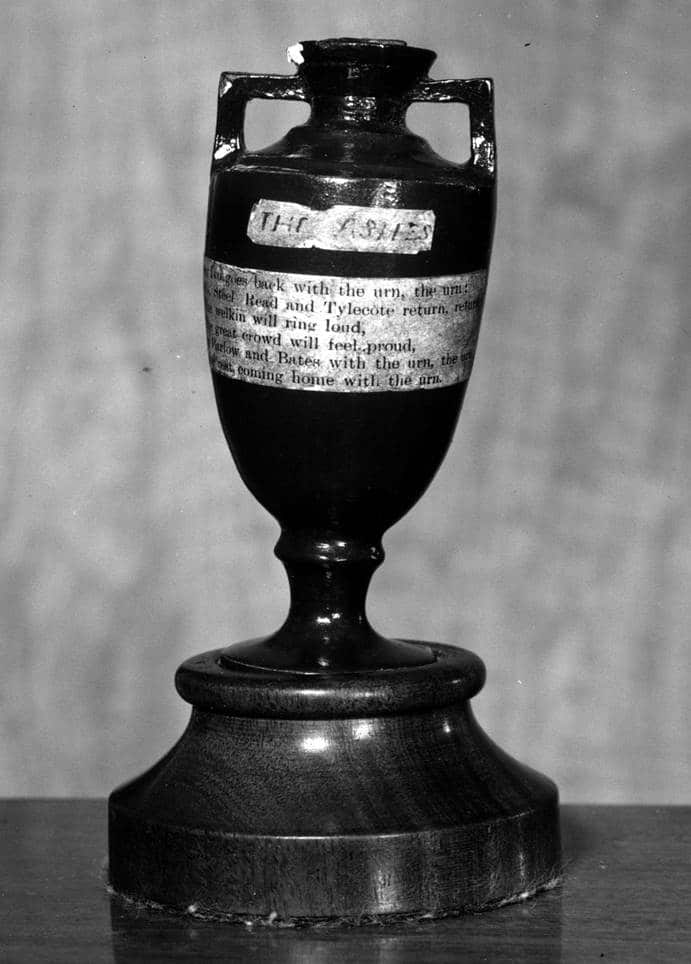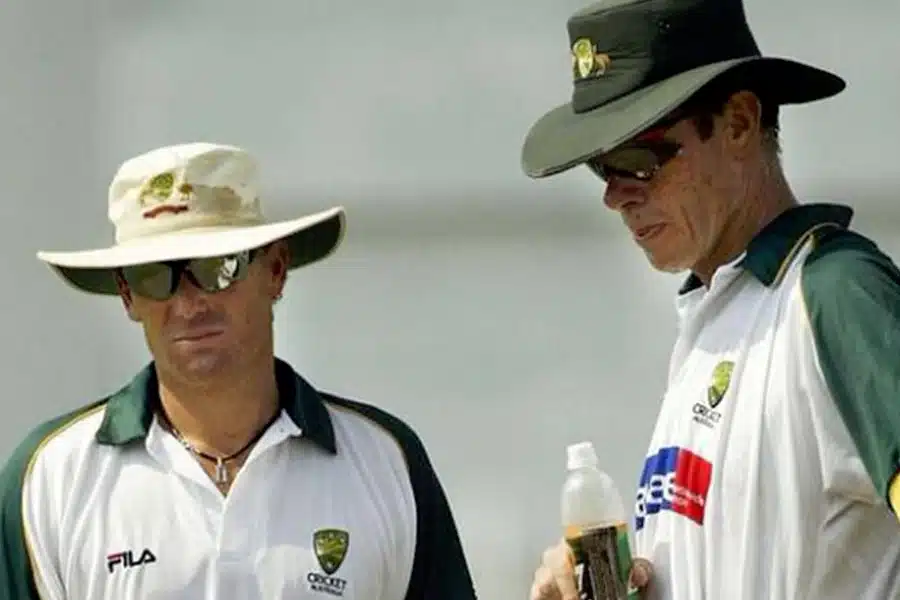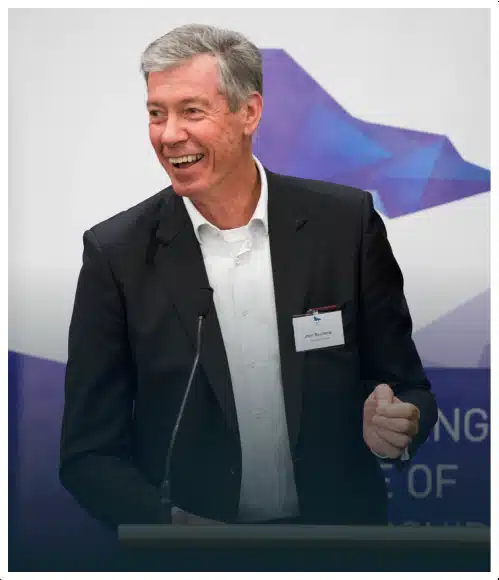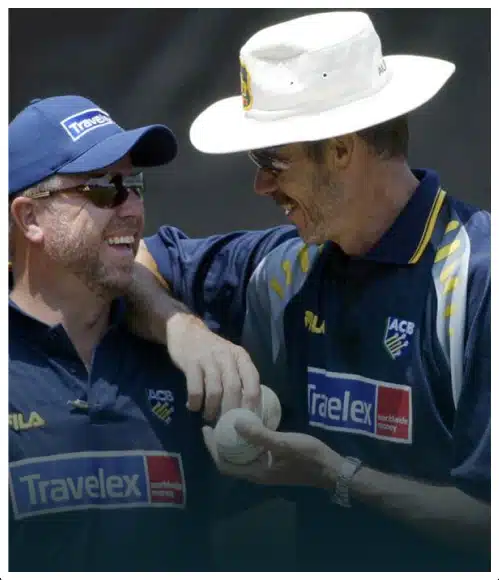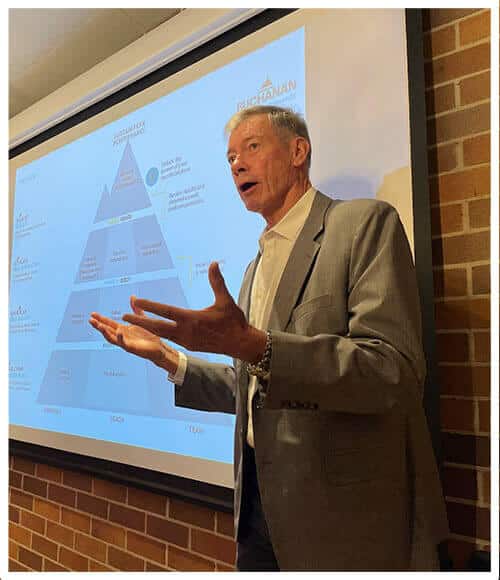Success in Sport requires outstanding leadership on the field, on the training paddock, and with the athletes. The leadership demonstrated is a combination of command leadership, management leadership and visionary leadership. Consequently, the Head Coach who is accountable for team performance understands that he or she alone cannot achieve sustainable success – the Head Coach requires a leadership culture to give the team, the club, the franchise business the best chance of delivering high performance.
We all seek some type of leadership daily as we grapple with our various emotional, spiritual, community, social, sporting and technological worlds. It is no different in our organisational or working world. Organisational leaders like Head Coaches are required to make good decisions constantly on behalf of all its stakeholders. In so doing, the CEO helps ensure the safety and security of his or her staff, and the growth of the company for the investors and owners.
It is important to realise how to create a leadership culture. It comprises 3 parts –
- The leader
- Everyone being a leader
- Process and systems being at leading edge
If these three components are in place what would we expect to see; what is the evidence that a leadership culture is operating?
I. The leader will walk the walk, talk the talk. The actions, behaviours, values that he or she expects from the organisation and its people will be clearly demonstrated and lived by the leader. In sport, the onfield leader like a Steve Waugh captain of the Australian Cricket team led by example; led by being uncompromising in the face of adversity; led by playing fair but hardnosed; led by showing compassion for his athletes when it was required and firm discipline when situations arose. You can learn more about this example and others on my e-learning module about leadership culture.
III. To support the leader and encouraging everyone to lead, organisational or team systems and processes must be at or aiming to be at the leading edge. If any of these components are out of sync, then it becomes extremely difficult to develop a powerful leadership culture. One of the key systems I addressed around the sporting teams with which I was involved was the measurement or analysis system. I introduced computers for the first time in cricket in the mid-90’s to complement the knowledge, experience and intuition of the athletes. Such a system was leading edge and provided us with competitive advantage going into competition. The analysis system brought with it a more enhance feedback process for our athletes too. Accurate, immediate, objective feedback is an essential part of a good communication system. With more precise measurement of performance through the analysis system, we were now able to provide richer and more impactful feedback on individual player, and overall team performance.

